As artificial intelligence technologies rapidly advance, film industry workers are increasingly concerned about potential job disruptions and fundamental changes to traditional production methods. The ongoing Writers Guild of America strike has already highlighted tensions around AI’s role in creative industries, with union members seeking protections against potential algorithmic replacements of human creative labor.
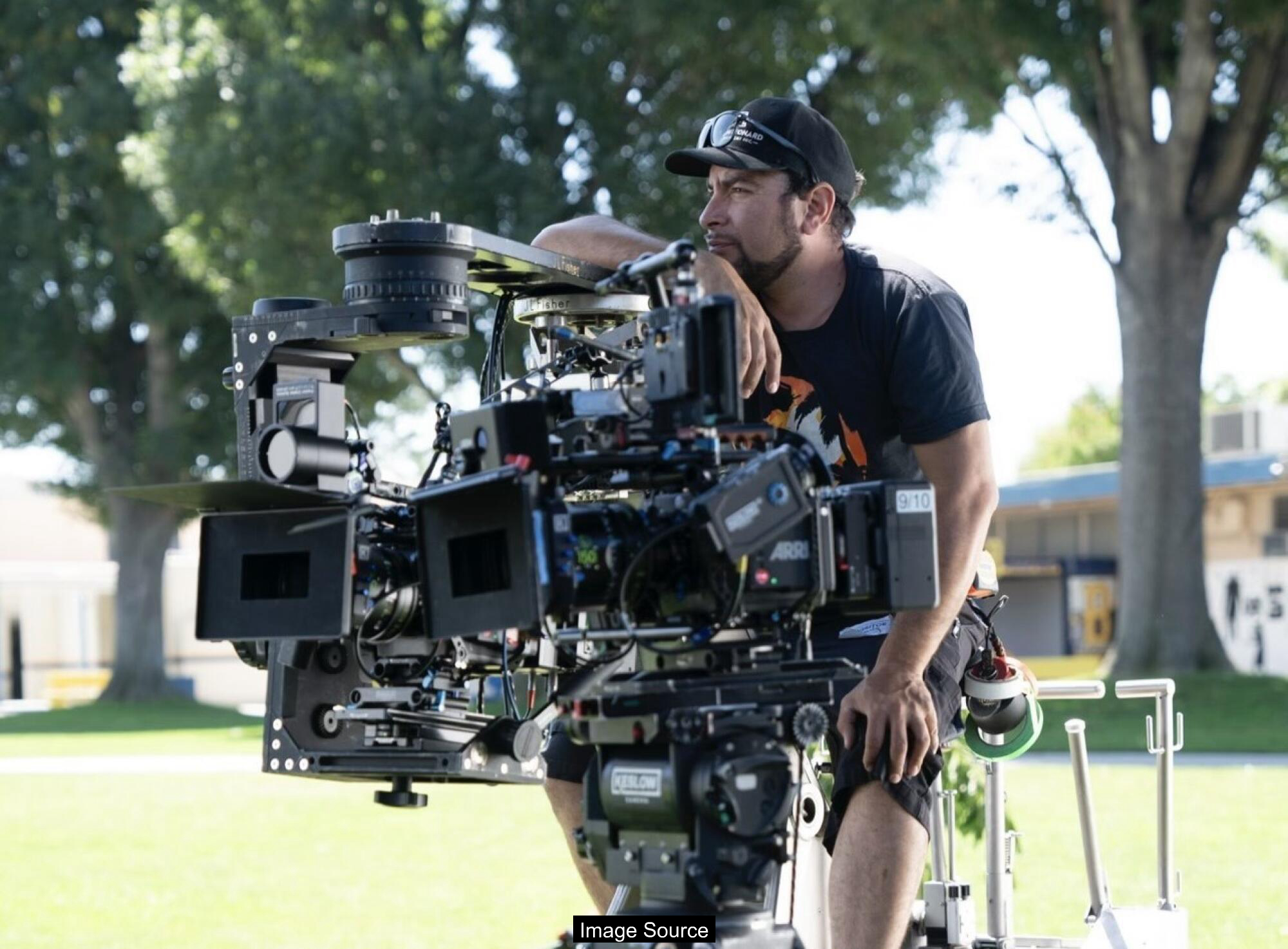
The AI Revolution in Hollywood
Hollywood stands at a technological crossroads as artificial intelligence rapidly transforms filmmaking processes. From storyboarding to production design, AI is reshaping creative workflows and challenging traditional industry practices. The emerging technologies promise unprecedented accessibility and efficiency, while simultaneously raising critical questions about artistic authorship and labor dynamics.
Technological disruptions have always influenced cinema, but AI represents a more fundamental shift. Unlike previous innovations that typically created new roles, current AI developments threaten to eliminate entire job categories. Crew members across various disciplines now confront the possibility of their specialized skills becoming obsolete.
The transformation extends beyond technical processes, touching the core of creative expression. Filmmakers must now navigate complex ethical and practical considerations about how AI can be integrated without compromising artistic integrity. The balance between technological innovation and human creativity has never been more delicate.
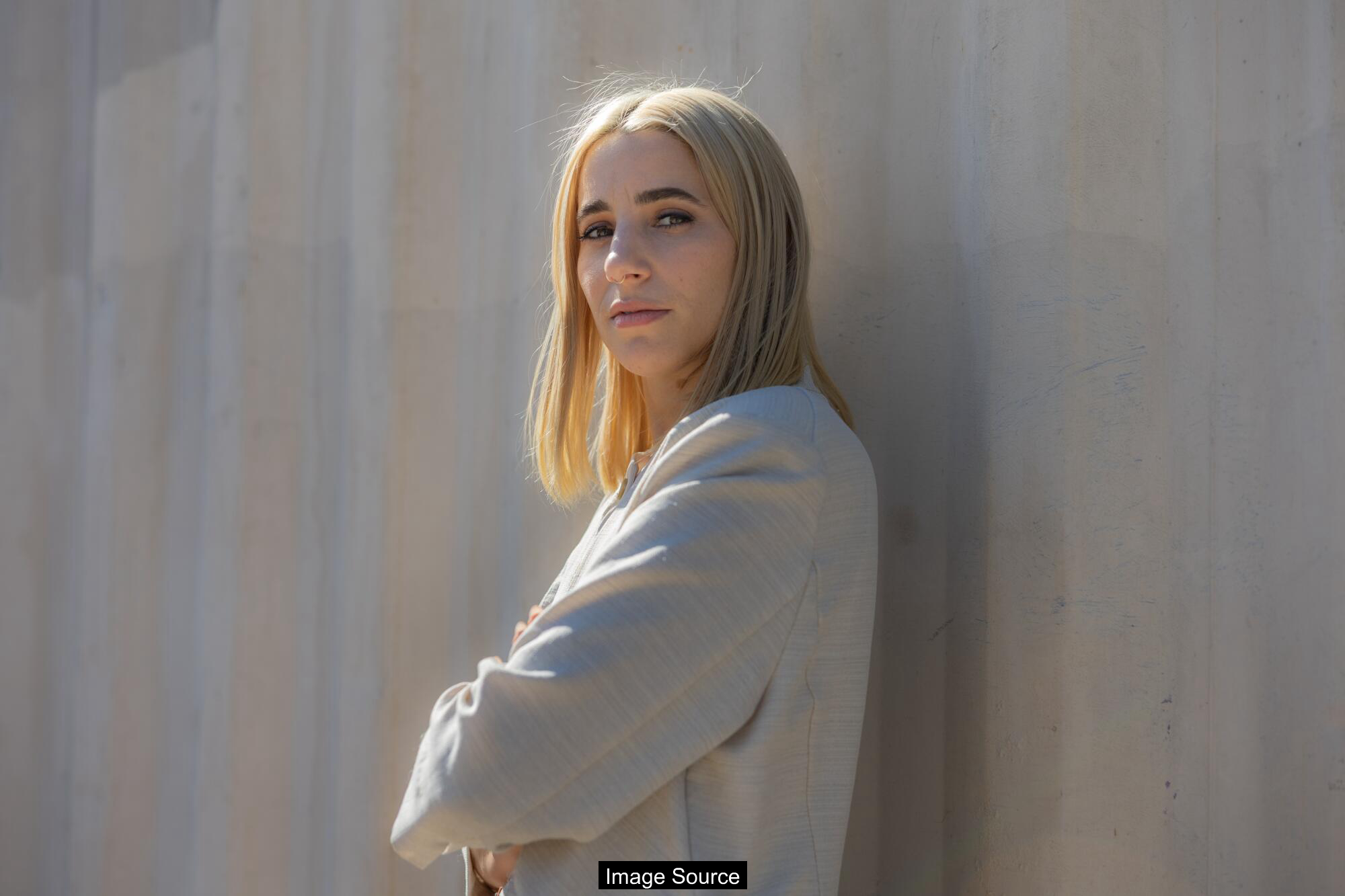
Pioneers and Perspectives
Eliot Mack, founder of Lightcraft Technology, exemplifies the entrepreneurial spirit driving AI’s Hollywood integration. With a background in robotics engineering, Mack developed virtual production tools designed to democratize filmmaking. His platform Jetset allows creators to design, preview, and organize film elements directly from a smartphone.
Mack’s vision challenges traditional industry gatekeeping. By reducing technical barriers and production costs, his technology empowers emerging creators to bypass conventional funding and permission structures. The goal is to accelerate creative processes and provide more direct paths to storytelling.
However, not all industry professionals share Mack’s optimism. Veteran craftspeople like Diego Mariscal, a dolly grip with decades of experience, view AI with significant apprehension. Mariscal has witnessed firsthand how AI technologies can rapidly replace specialized manual labor, raising urgent questions about professional sustainability.
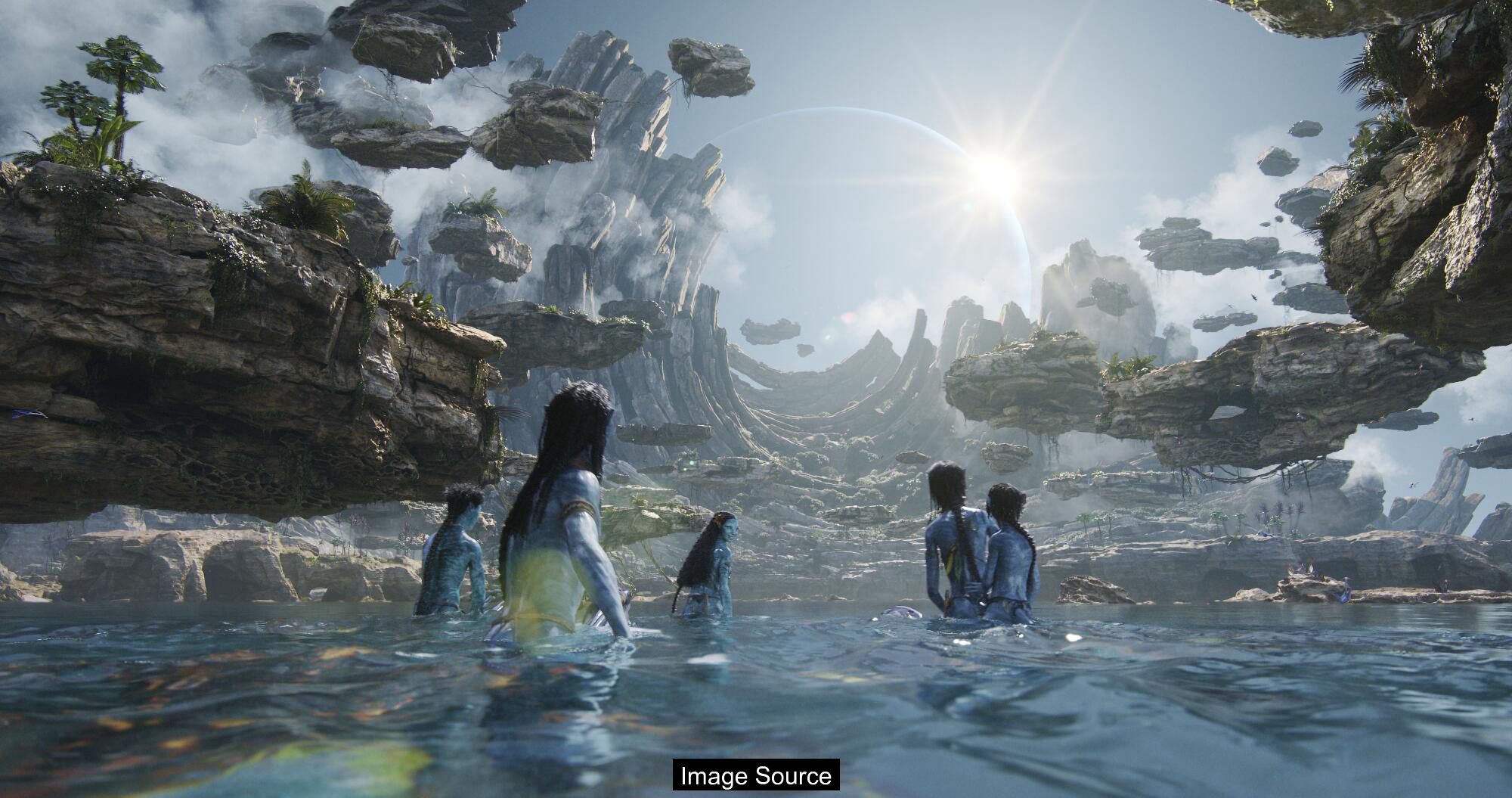
AI and Creative Craft
Prosthetics artist Mike Marino represents another perspective on AI’s impact. With an illustrious career transforming actors through intricate makeup and prosthetic design, Marino confronts the emerging digital capabilities that can now replicate complex physical transformations. His work exemplifies the tension between traditional craftsmanship and technological reproduction.
AI’s potential to generate digital makeup, de-age actors, and create entire performance simulations challenges long-established artistic practices. While these technologies offer remarkable efficiency, they simultaneously risk diminishing the nuanced, tactile creativity that human artists bring to their work.
Documentary filmmaker Adam Curtis articulates a critical concern: AI’s tendency to generate content based on existing patterns potentially limits genuine creative innovation. By primarily remixing past artistic expressions, AI risks producing derivative, predictable creative outputs.
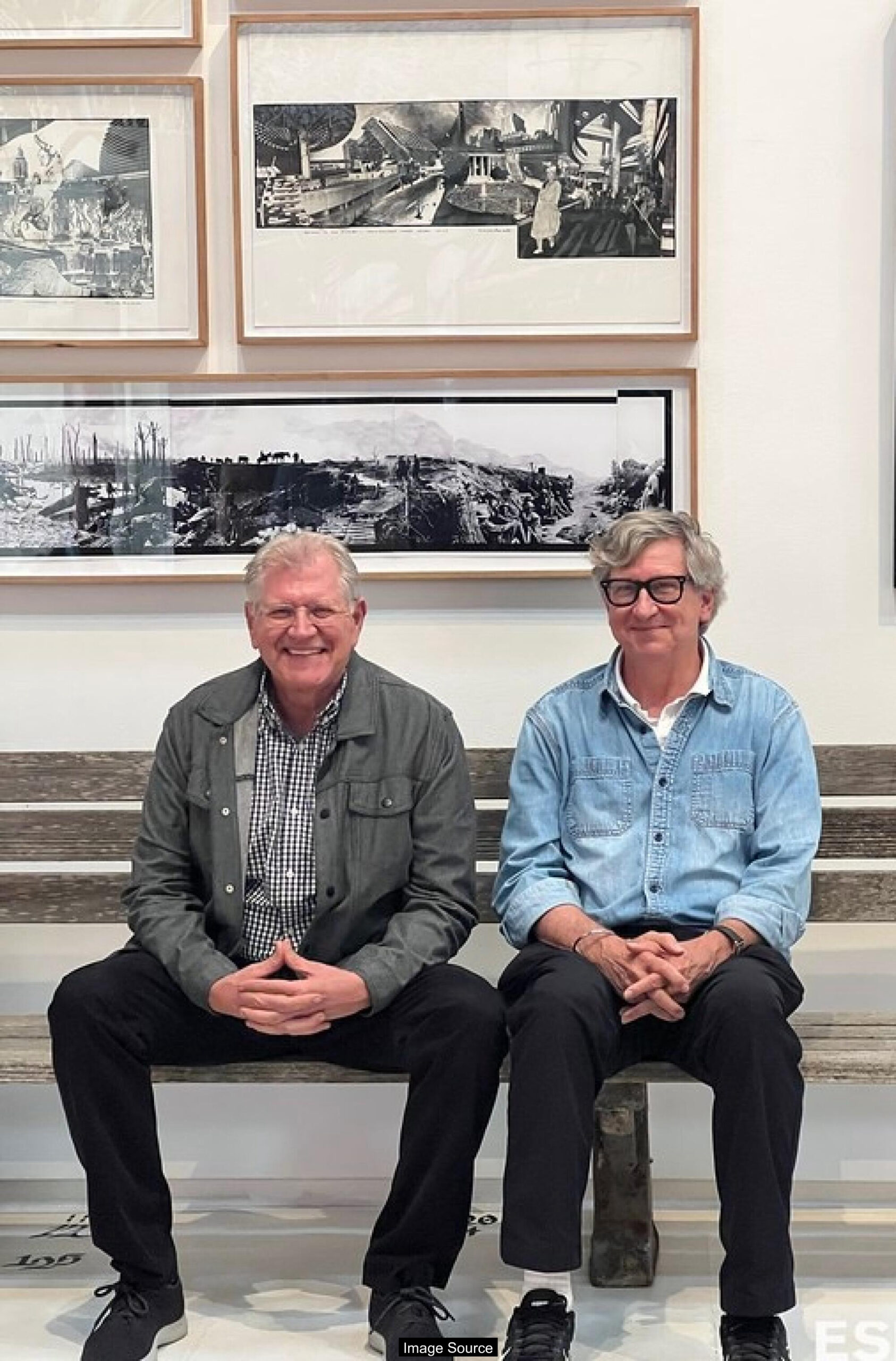
Industry Challenges and Adaptations
The 2023 writers’ and actors’ strikes brought AI’s disruptive potential into sharp focus. Hollywood confronted fundamental questions about technological integration, creative control, and labor rights. Production slowdowns and crew reductions have accelerated conversations about AI’s role in filmmaking.
Statistical evidence underscores the industry’s transformation. FilmLA reports a 22.4% drop in on-location filming in Greater Los Angeles during early 2025, reflecting broader technological and economic shifts. These changes suggest a profound restructuring of production methodologies.
Emerging creators see opportunities where established professionals see threats. Younger artists view AI as a tool for experimentation, speed, and circumventing traditional entry barriers. This generational perspective highlights the complex, multifaceted nature of technological adaptation.
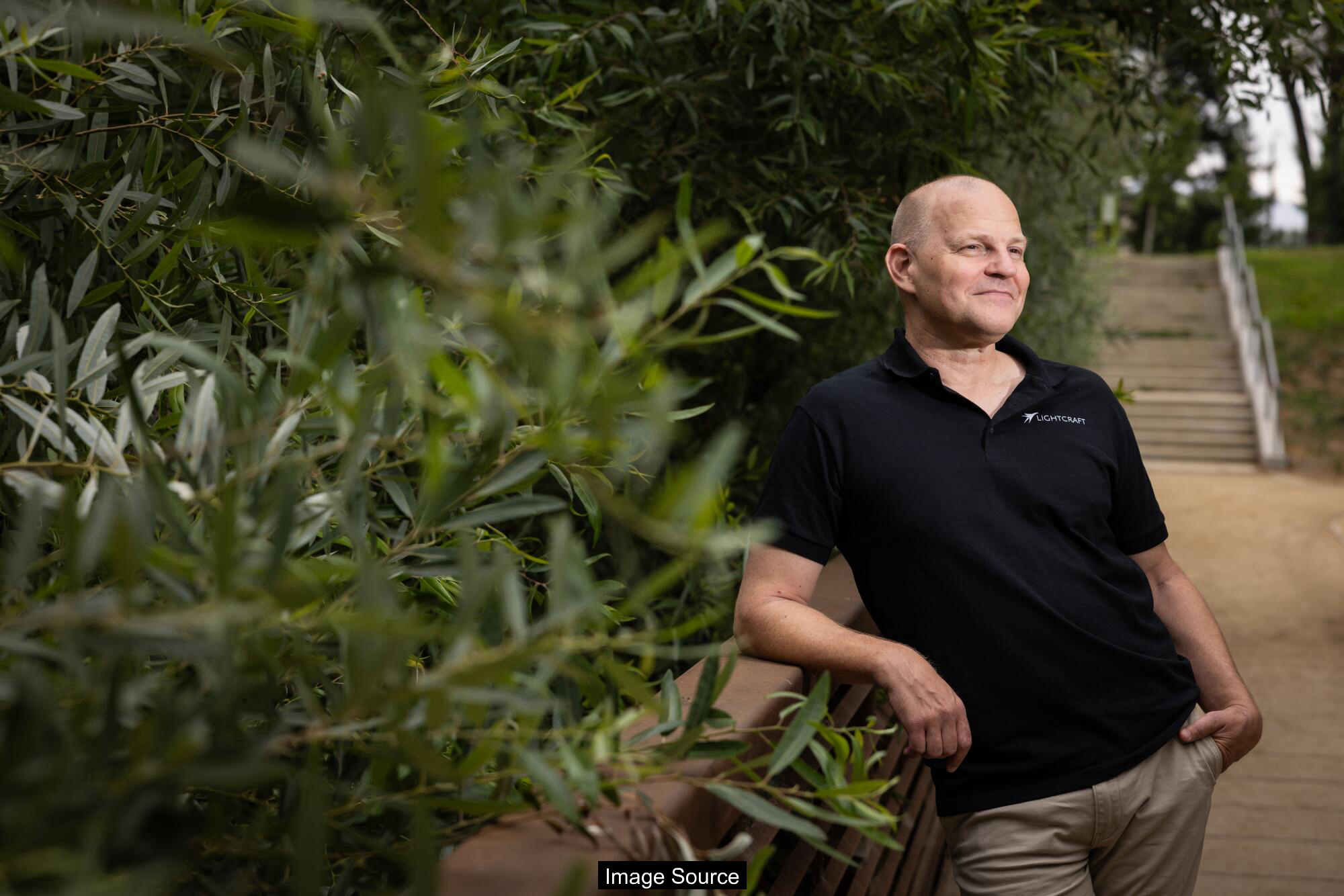
AI Filmmaking FAQ
Professionals and audiences alike have numerous questions about AI’s role in filmmaking. Two critical inquiries emerge consistently: How will AI impact job markets, and can AI truly generate original creative content?
Regarding job markets, current evidence suggests a mixed landscape. While some roles will undoubtedly be transformed or eliminated, new opportunities in AI-assisted creative technologies are simultaneously emerging. Adaptability and continuous learning will be crucial for industry professionals.
As for creative originality, the consensus remains nuanced. AI can efficiently generate content and assist in complex production processes, but genuine artistic innovation still requires human imagination, emotional intelligence, and contextual understanding.

Strategic Pointers
The AI revolution in filmmaking demands proactive engagement from all stakeholders. Creators must view these technologies as collaborative tools rather than existential threats. Continuous skill development and technological literacy will be essential.
Industry institutions should develop comprehensive frameworks for ethical AI integration. This includes establishing guidelines for attribution, compensation, and creative rights in AI-assisted productions. Transparent, collaborative approaches will be critical.
For individual creators, the path forward involves strategic adaptation. Embracing AI’s potential while maintaining a commitment to unique artistic vision represents the most promising approach to navigating this transformative technological landscape.
Source: latimes.com